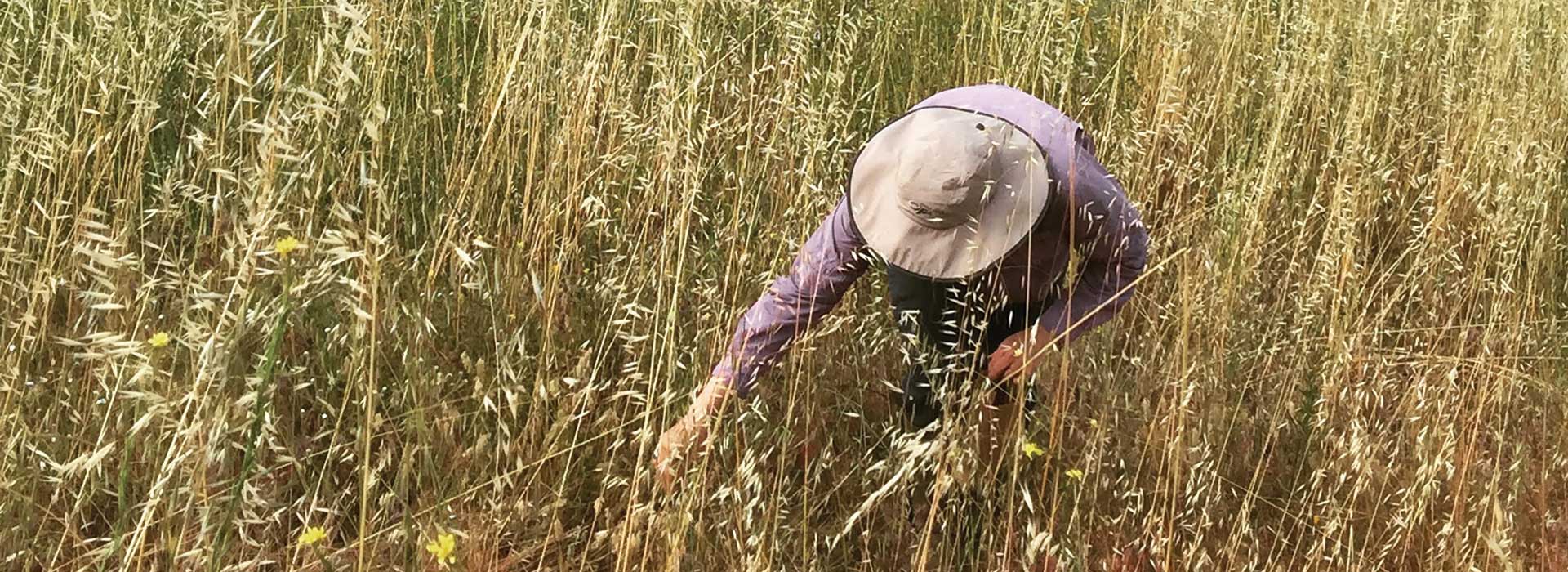CPC Best Plant Conservation Practices
to Support Species Survival in the Wild
to Support Species Survival in the Wild

This chapter updates our previously published CPC Guidelines for the Management of Orthodox Seeds (Wieland 1995) and incorporates protocols from many sources: FAO’s Genebank Standards for agriculture (FAO 2014), MSBP Seed Conservation Standards (MSB 2015), findings from our research, and the published research from around the world. It provides updated, practical advice tailored to rare plant seed banking. For species that cannot be stored in a freezer, see CPC Best Practice Chapter, “Alternatives to Conventional Seed Banking”. The following best practice advice is designed to maximize the diversity and safety of a conservation collection.
 What is a Conservation Collection?
What is a Conservation Collection?
The primary purpose of a conservation collection is to support species’ survival and reduce the extinction risk of globally and/or regionally rare species. A conservation collection has accurate records of provenance, maternal lines differentiated, and diverse genetic representation. To be most useful for species survival in the wild, our conservation collections should have tests of initial germination and viability, cultivation protocols developed, and the stored seeds should be curated to test for long-term viability.